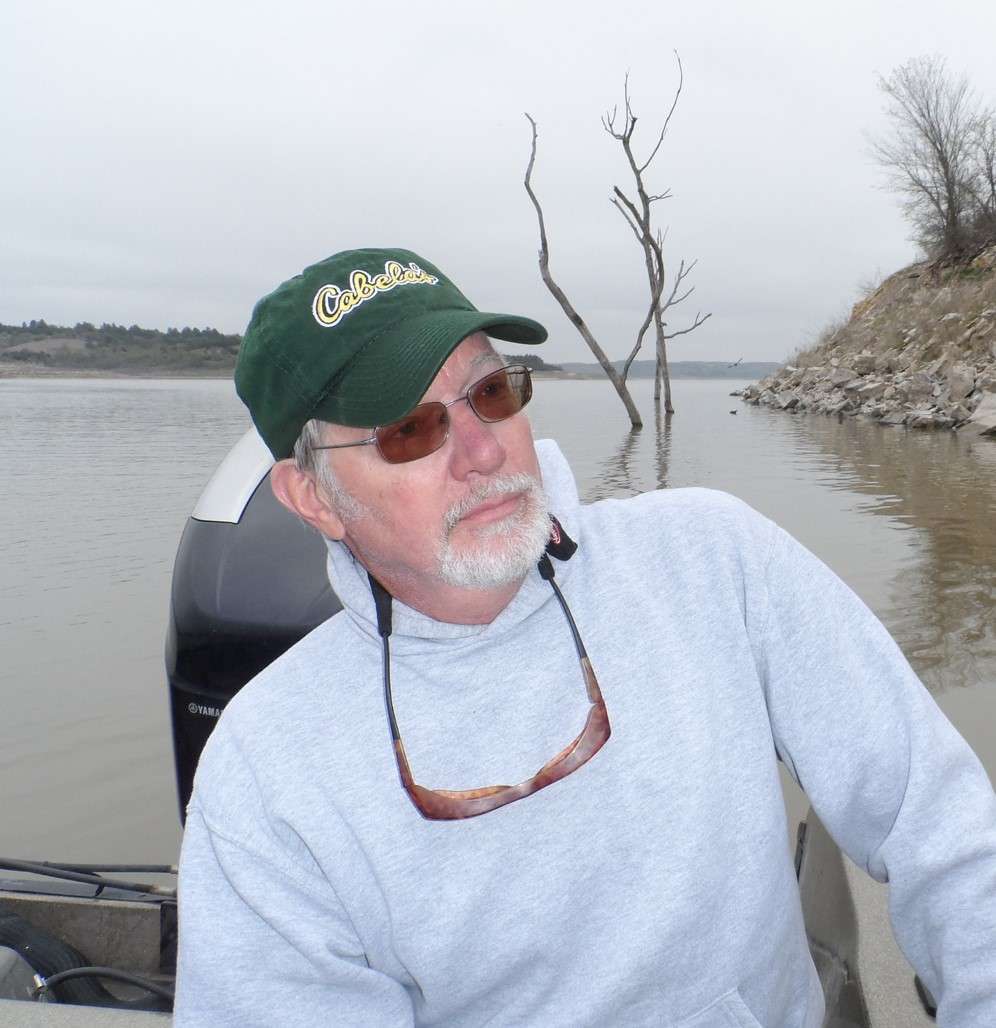The 2020 federal census and a pending reapportionment of legislative districts has rekindled controversy as the state’s rural population declines and metropolitan areas grow.
This is the last of five articles about a Kansas lawsuit that ignited national reforms.
*
For nearly a century, the state legislature had been rigged to give control to sparsely populated portions of western and rural southeast Kansas. But in 1961, several lawsuits initiated by The Hutchinson News, and favorable court rulings later, forced the legislature into special session in 1966 for reapportionment. Representation would be based on population, the principle of “one man, one vote.”
The state’s population has since increased 35 percent, to more than 2.9 million. But Kansas has also lost two seats in the U.S. House as the population of western Kansas and the rural southeast dropped by more than a million. The state’s growth is largely in the northeast and Sedgwick and Butler Counties in the south.
Today seven counties – five in the northeast plus Sedgwick and Butler in the south – elect 26 of the state’s 40 senators and more than half the 125 members of the House.
Nonetheless, reapportionment is celebrated as a victory for citizens, with the shape of future legislative districts in the hands of metropolitan lawmakers. It’s been headed this way since March 1, 1965, when the state Supreme Court declared the apportionment of the Kansas House of Representatives unconstitutional. A year earlier, the U.S. Supreme Court had ruled that both houses of state legislatures should be apportioned on population.
*
Two days after the 1965 Kansas court ruling, Whitley Austin, editor of The Salina Journal, reacted with a fiery editorial: “By forcing the lower as well as the upper house of the Legislature to be organized on the basis of population, rather than by region, it is shifting the center of power eastward to the cities. The cities already elect the Governor and the Senators; now they are to boss the works.”
Austin stood against the popular tides but he was prominent among great Kansas editors. The Journal, part of Jack Harris’s newspaper group based in Hutchinson, was essentially an organ of central and northwest Kansas with 36,000 subscribers. Harris allowed the dissent because it was his style of operation; editors, within broad limits, were free to express their own opinions.
“Some of those who were taken in by the slogan ‘one man, one vote,’ must now regret it,” Austin wrote. “For the new plan does not give anyone better representation. It does, however, deny effective representation to the minorities that live in rural areas. The new plan leaves the minorities unprotected and the raw power of the majority unchecked.”
Austin compared the Legislature to the Congress in Washington, with representation in the U.S. House based on population, in the Senate on the states, two senators to a state. Kansas, he believed, presented a special problem. Its regional areas were delineated by geographical and economic parameters rather than political ones. He suggested state House representation be based on population, the Senate on regions, a system of checks and balances. It drew support from such powerful figures as Everett Dirksen of Illinois, then minority leader of the senate. The courts said no.
*
This year on Aug. 9, a week before the 2020 U.S. Census was released, a House-Senate committee began a five-day charge through 14 Kansas cities to hear what people had to say about the state’s reapportionment process. The complaint from speakers at Manhattan, Salina, and Hays that day was that the meetings had been called in haste. There was little to say because there was nothing to see – no handouts, no maps, no data.
Critics said reapportionment should be the work of an independent and non-partisan commission, one that measures legislative boundaries against census numbers rather than political persuasion. They asked the panel to schedule later meetings to review census data. There have been no more meetings.
During reapportionment in 2011, 14 public hearings happened over four months – in the same cities scheduled this year, but over July, August, September and October.
“History is full of sad examples of men who had their way too fast, who rode the power of the mob, who disregarded the little fellows, who made fun of the bumpkins,” Austin wrote in 1965. “They suffered the vice of pride and lacked the virtue of patience.”
*
Today, 60 western counties hold less than 20 percent of Kansas’ population. Add a 15-county core from the southeast, and less than a fourth of 2.94 million people live in three-fourths of its 105 counties. And yet rural Kansas retains vast mineral, agricultural and industrial significance, if not population.
With total reapportionment, Austin feared the tyranny of the majority, the power of the populous east to legislate without regard to the needs and aspirations of the west. The majority unfettered, he said, can be as tyrannous as a totalitarian dictator.





